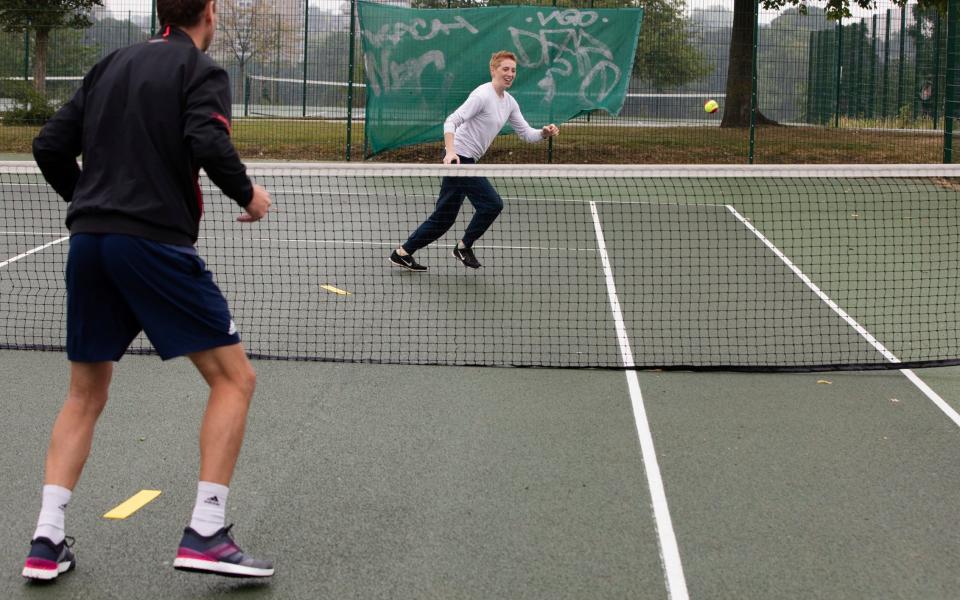One third of indoor tennis centres facing closure without state support, LTA warns

At least a third of indoor community tennis centres face the “catastrophic” prospect of closure without urgent government support, the Lawn Tennis Association has warned.
Scott Lloyd, the LTA’s chief executive, has on also called for a review of lockdown restrictions in Tier 2 and Tier 3 areas of the country, which currently allow adults to visit a gym but prevent able-bodied indoor tennis between people from different family bubbles.
More than 100 governing bodies and sports organisations, including the LTA, wrote last month to the government to warn of a “lost generation” if the sector does not receive the sort of emergency bailout that has been advanced to the arts.
The consequences of the Covid-19 pandemic on public leisure facilities has been especially severe and, in tennis, the LTA has forecast potentially dire consequences for its network of 54 community indoor tennis centres, which often provide a vital route into the sport.
A total of £800 million was requested to save public leisure facilities in July, but it was not until last week that the government announced £100 million of additional funding for local councils to be specifically spent on public leisure, including gyms and swimming pools. “This money will be spread thinly across a huge range of publicly owned sport and leisure facilities,” said Scott Lloyd, the chief executive of the LTA.
“As it stands, a large proportion of community indoor leisure centres still face the very real prospect of closure, which would be catastrophic for tennis players up and down the country. “We are therefore also calling for government to deliver a comprehensive sports recovery fund, which is needed to help protect these facilities and other venues with indoor tennis courts.”
The LTA said that the current status of many indoor facilities was “perilous” but stressed their pivotal role in supporting the physical and mental health of local communities. As well as providing a route into tennis through extensive junior programmes, they deliver playing opportunities for people with a wide range of disabilities. The LTA also said that current Tier 2 and Tier 3 lockdown restrictions “severely limit millions of tennis players in terms of who they can play with indoors, despite the socially distanced nature of the sport”.
Toby Perkins, the chair of the all-party parliamentary group for tennis, said that it was “completely illogical” for adults to be taking part in indoor fitness classes of as many as 30 people “but can’t hit a ball over a net to someone outside of their household or bubble”. Most community indoor tennis centres are operated on behalf of a local council and, despite being allowed to reopen in July and August, have continued to operate at a loss.
Ukactive, which represents gyms and leisure centres, believes that indoor sports facilities have shown that they can safely open in a way that significantly mitigates the risk of spreading Covid-19.
The latest data showed that, of five million visits to gyms and leisure centres between Oct 5 and Oct 11, 156 customers that had visited sites reported testing positive within a 14-day period. That worked out at 2.88 cases per 100,000 visits compared to a UK case rate of 150.88 per 100,000 during that same week. “It is very clear from the evidence that gyms and leisure facilities are not responsible for the increasing prevalence of Covid 19 in the UK,” said Huw Edwards, the chief executive of ukactive.
“What this shows is a highly controlled environment in which staff and customers treat safety guidelines with the utmost levels of respect and diligence in order for people to keep using these services safely.
“The fitness and leisure sector has an essential role to play in fighting this health crisis by strengthening the physical and mental resilience of our communities.”

 Yahoo News
Yahoo News 